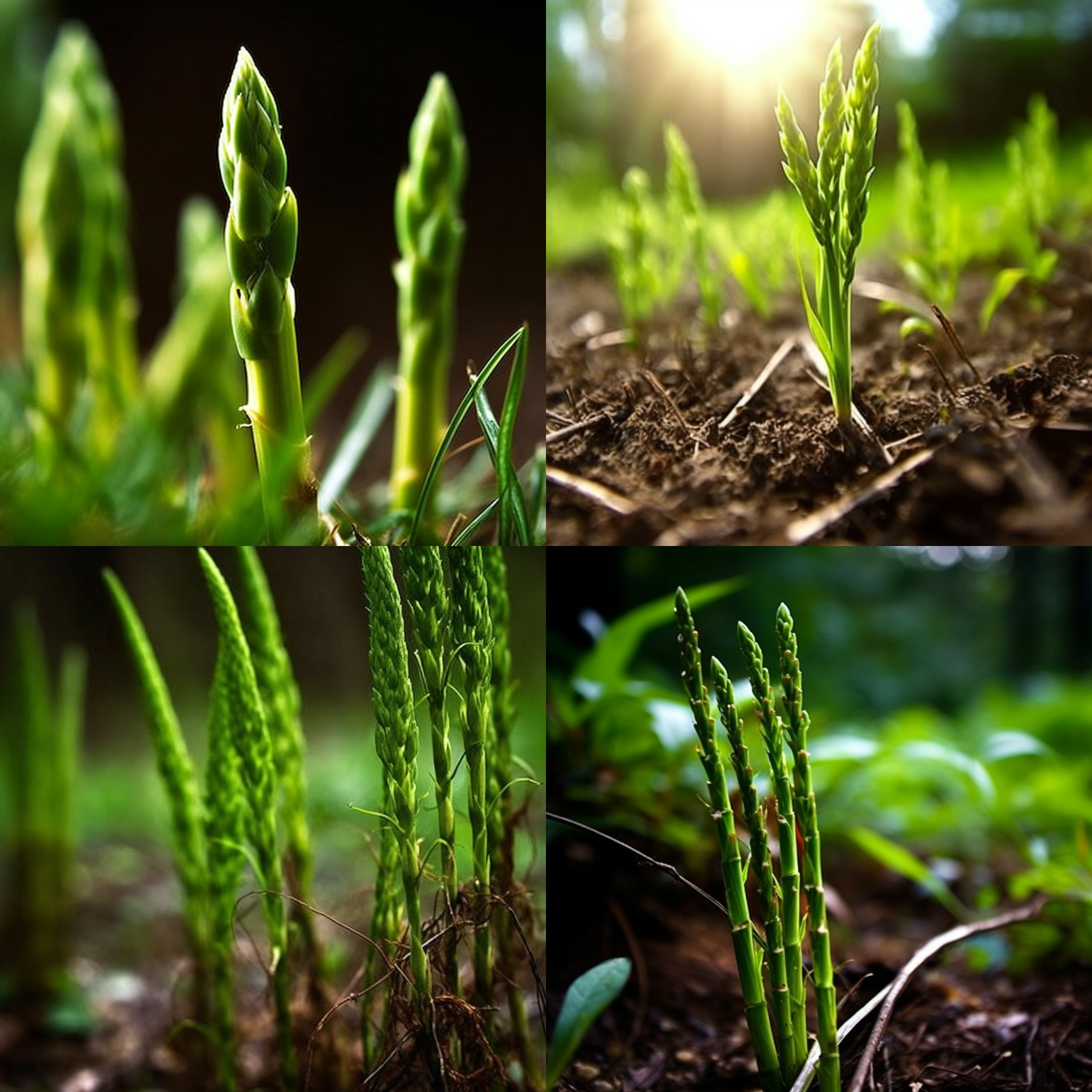Story of Day :
Contents
The Asparagus Plant: A Complete Guide and Care Tips
Asparagus is not just a tasty vegetable, but it’s also a fantastic addition to any garden. Whether you’re growing asparagus for personal consumption or as part of your landscape design, this plant is easy to care for and produces bountiful harvests.
What is Asparagus?
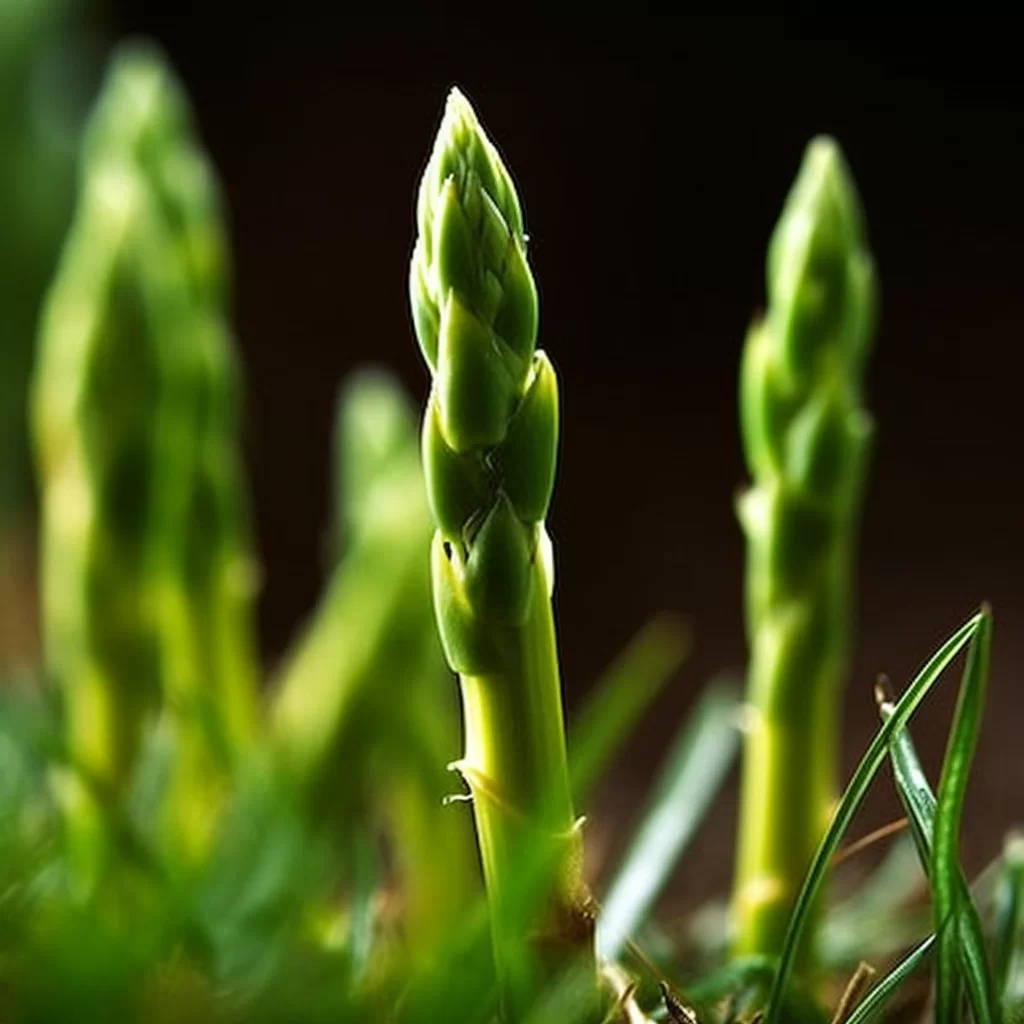
Asparagus (Asparagus officinalis) is a perennial plant that belongs to the lily family. This herbaceous plant can grow up to 5 feet tall and has long, slender stalks with small leaves at the base.
When grown for consumption, only the young shoots are harvested before they have a chance to develop into fern-like branches. These shoots are rich in vitamins A and C, fiber, folate, and many other essential nutrients.
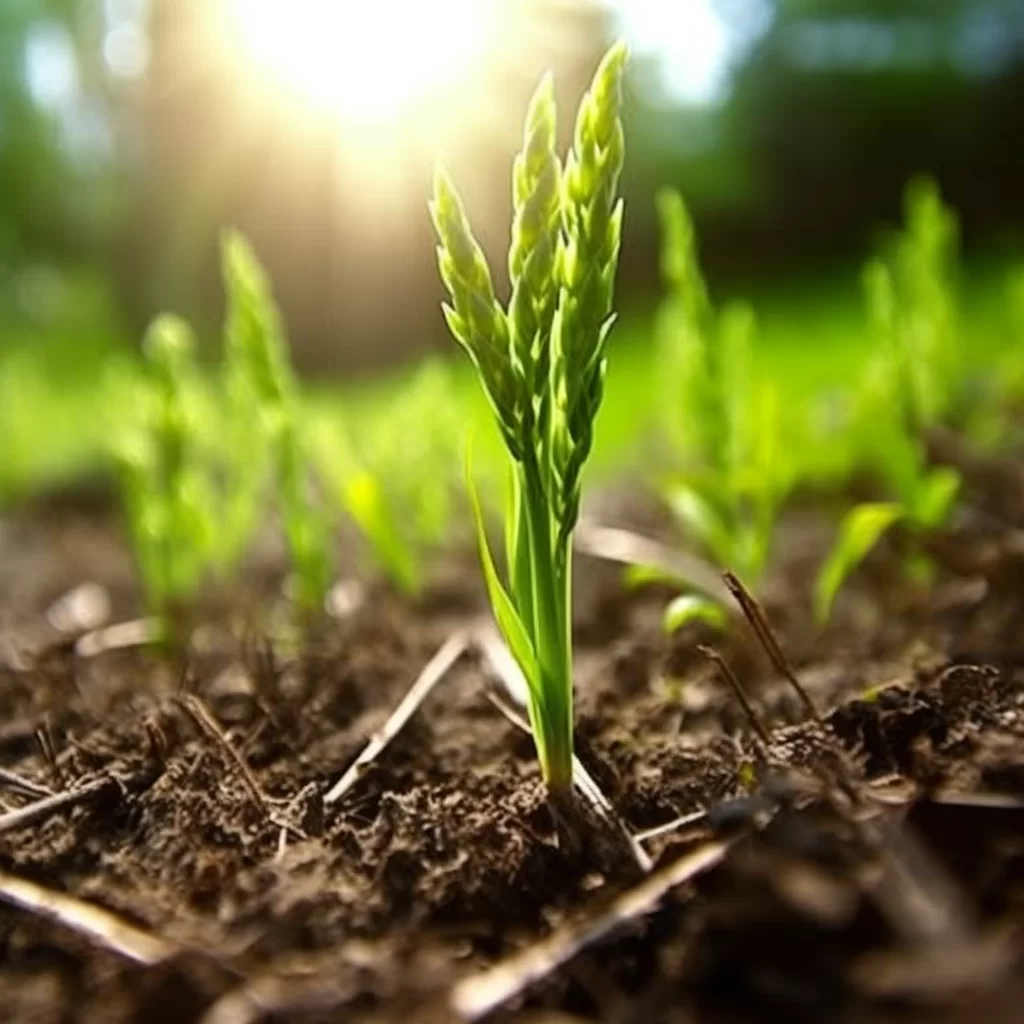
Growing Asparagus
If you’re planning on growing asparagus in your garden, here are some tips that will help you produce healthy plants:
- Selecting Varieties: Choose male hybrid varieties such as Jersey Giant or Jersey Knight; these produce high yields of thick spears without producing seeds.
- Sowing Seeds: It’s best to start by planting crowns rather than seedlings or seeds since they take much longer time. Dig trenches about 6-8 inches deep spaced about 18 inches apart from each other while adding compost. Place one crown every 12-18 inches along each trench with its roots dangling downwards while covering them with soil until it reaches around two inches above it..
- Caring for Your Plants: Water regularly during dry spells and fertilize once per year in early spring before new growth emerges.
- Harvesting: Allow the plants to grow for two years before harvesting any spears. Once you start harvesting, pick spears regularly when they reach 6-8 inches tall.
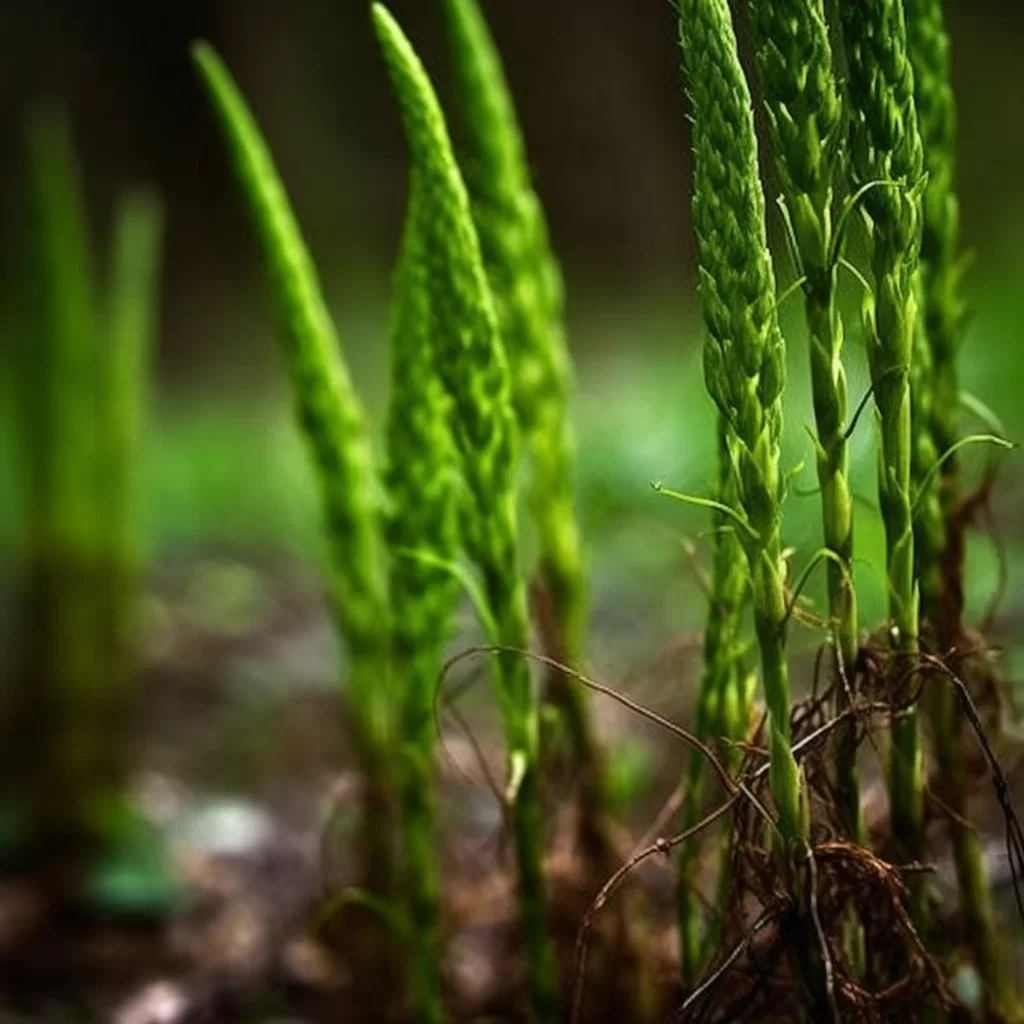
Pests and Diseases
Like any plant, asparagus is susceptible to pests and diseases. Here are some of the most common issues that you may encounter:
- Fusarium Crown Rot: This fungus can cause yellowing leaves, wilting stems, and a foul smell. Prevent it by planting in well-draining soil with good ventilation.
- Asparagus Beetle: These beetles can defoliate plants if left unchecked. Handpick them off or use an insecticidal soap spray.
- Nematodes: These microscopic worms can damage roots causing stunted growth and poor yields. Adding beneficial nematodes to your soil can help control these pests.
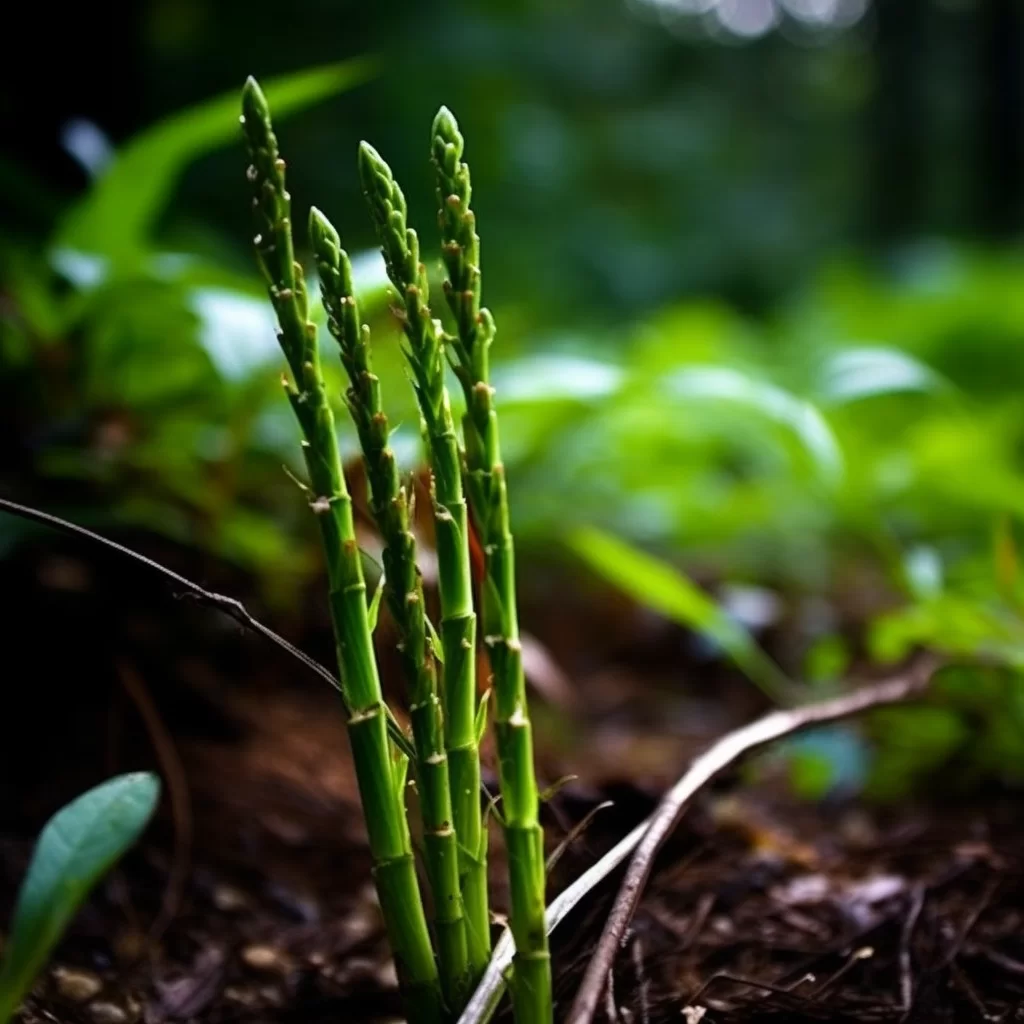
Cooking Asparagus
If you’ve grown your own asparagus or bought it from the store, there are many ways to prepare this delicious vegetable. Here are some popular cooking methods:
- Baking: Roast asparagus in a 400°F oven for 10-15 minutes until tender with olive oil salt pepper lemon juice & parmesan cheese on top .
- Sautéing: Cook fresh spears in a hot pan with butter,onions , garlic mushrooms for 5-7 minutes until browned while adding salt & pepper according to taste preference .
- Grilling: Brush asparagus lightly with olive oil then place them on hot grill and cook for 3-5 minutes until tender, then sprinkle them with freshly grated Parmesan cheese and lemon zest before serving.
Conclusion
Growing asparagus can be a rewarding experience that provides you with a healthy and delicious vegetable. By following the tips above, you can ensure your plants thrive while minimizing the risk of pests and diseases. Plus, once harvest time comes around, you’ll have plenty of opportunities to experiment with different cooking methods to enjoy this versatile veggie!
